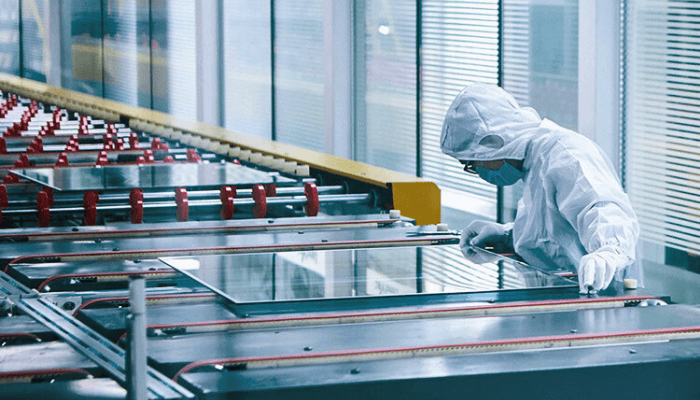
Vacuum Insulated Glass (VIG): The Ultimate Buyer’s Guide for Projects in 2025
Vacuum Insulated Glass (VIG) is a next-generation glazing solution that delivers ultra-low U-values (< 0.5 W/m²·K), high visible light transmission,
Explore the world of building glass, decorative glass, and glass knowledge through our glass industrial blog.
Home > Blog

Vacuum Insulated Glass (VIG) is a next-generation glazing solution that delivers ultra-low U-values (< 0.5 W/m²·K), high visible light transmission,
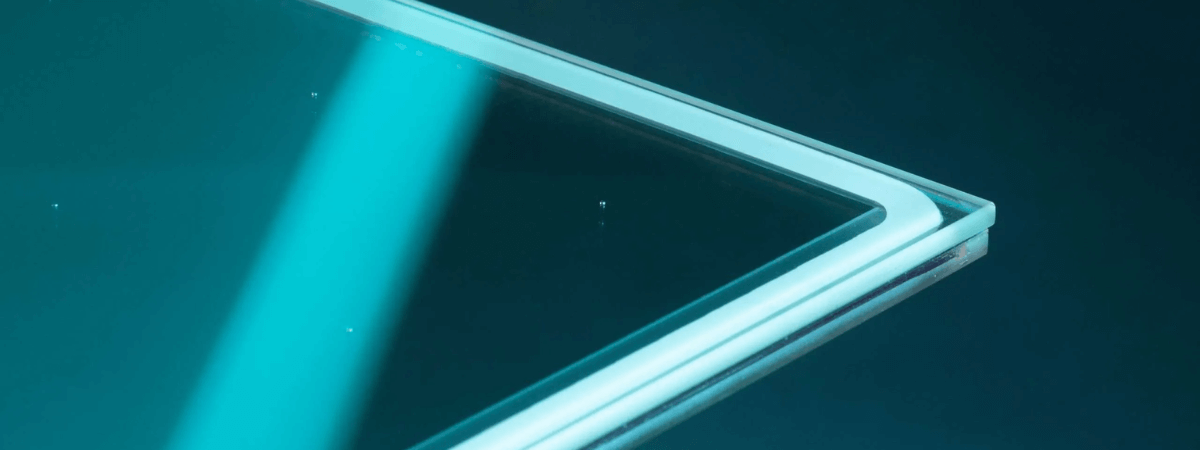
Vacuum glass is a high-performance insulated glass made of two panes sealed around a vacuum. It provides top-tier thermal and
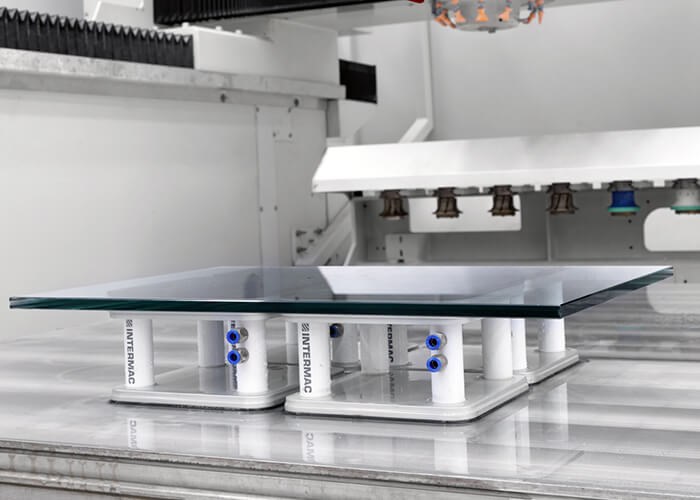
Laminated glass offers superior safety, soundproofing, and UV protection, while tempered glass excels in impact strength, thermal resistance, and affordability.
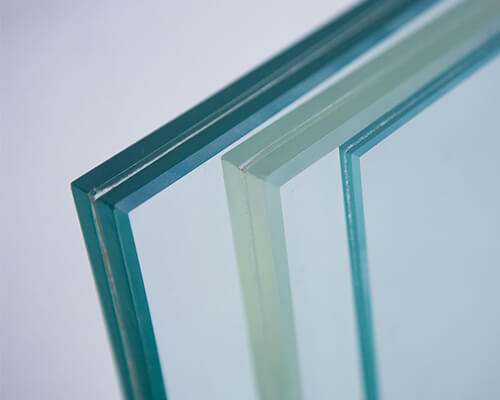
Laminated glass is a type of safety glass made by bonding two or more sheets of glass with a plastic
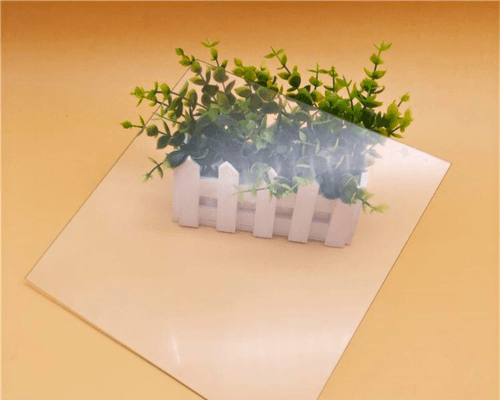
If you want to reduce glare in bright environments and don’t mind a slightly softened view, go with anti-glare glass.
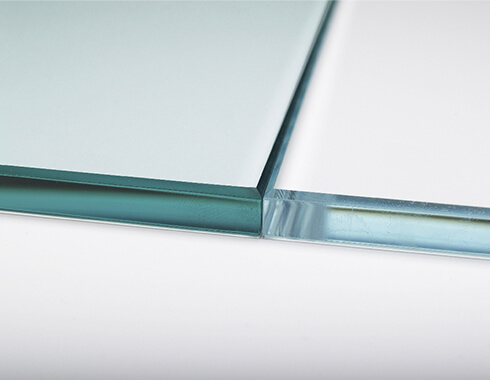
Clear float glass contains more iron, giving it a green tint and slightly lower light transmission. Low-iron glass has reduced
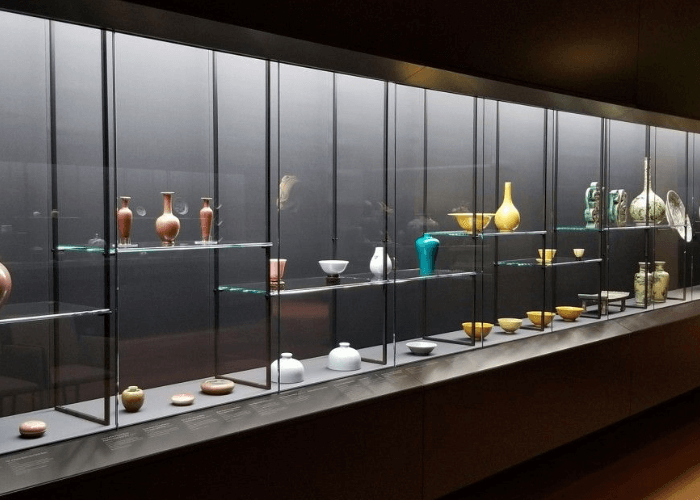
Quick Answer Anti-reflective glass is used in places where clear visibility really matters — like electronic displays, building windows, solar

Anti-reflective glass is a type of clear glass with a special coating that reduces surface reflections down to less than
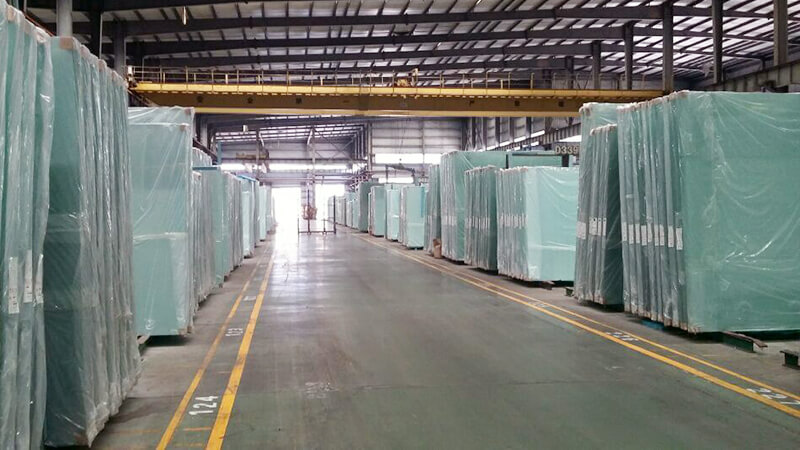
Float glass is a flat, transparent sheet of glass made by floating molten glass on a bath of molten tin.
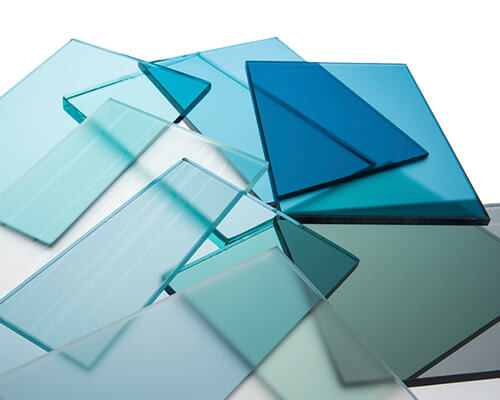
Float glass is a clear, flat glass made by floating molten glass on a bed of molten tin to create
Most Recent
We’ll keep you in the loop on our best glass news and solution for building glass and decorative glass ideas.